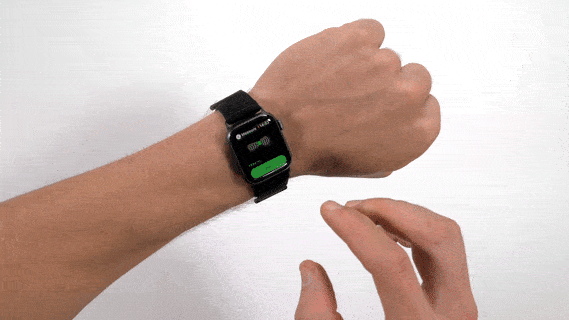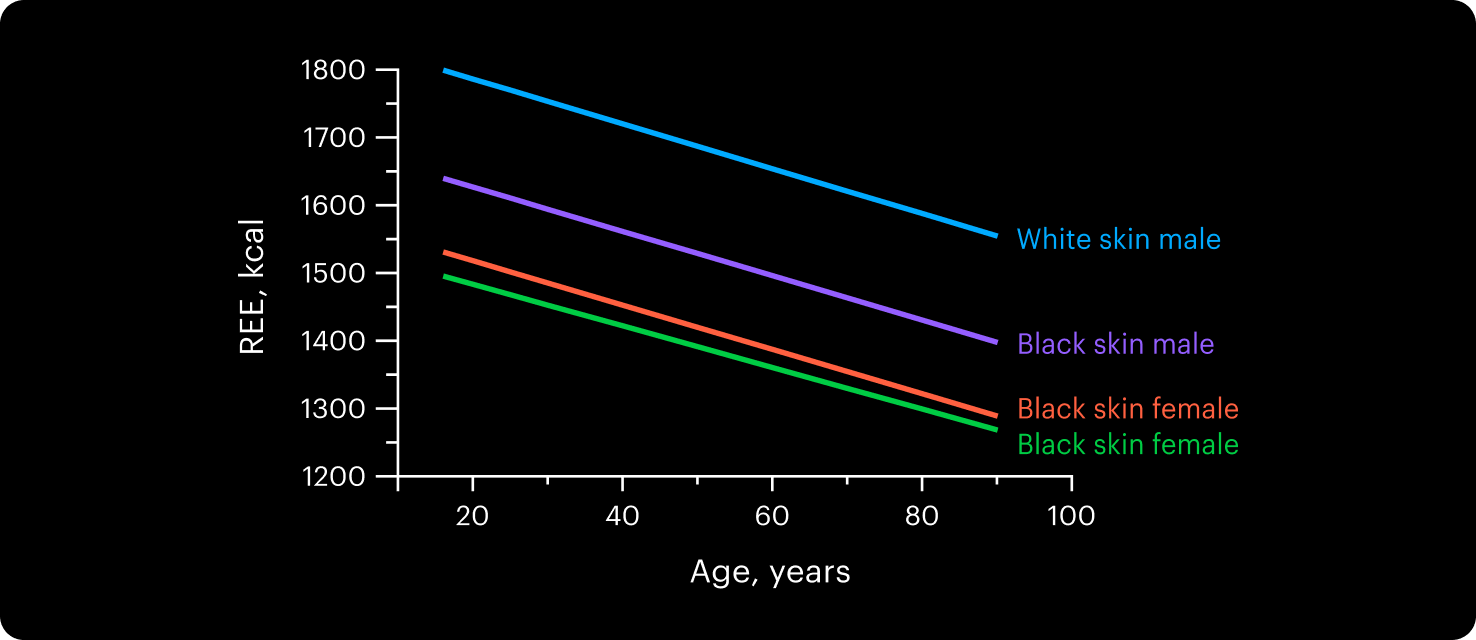Building on advances in mobile technology and bioelectrical impedance analysis (often shortened as bioimpedance analysis or BIA), AURA Devices help users monitor their health and wellbeing. We provide a standalone wearable or an unobtrusive add-on to your Apple Watch, both of which can reliably measure hydration level, muscle mass, and fat density.
Though the technology behind bioimpedance analysis isn’t new, making it comfortable to wear and reliable for hydration measurements is new. Today, we’ll take a thorough look at the basic technology and ideas underlying bioimpedance analysis and our products. Then we’ll talk more about science and methods, as well as how we plan to carry the technology forward.
The basics of BIA and AURA Devices
Bioimpedance analysis is non-invasive, using natural human characteristics to provide usable data. In particular, BIA takes advantage of the body’s ability to impede electrical flow. Our products incorporate a dynamic impedance model in order to compile usable data, accounting for variations in physical characteristics and cell behavior that might cause variations.
To maximize efficiency and mobility, AURA Devices take BIA measures by transmitting alternating current from hand-to-hand through the wearer’s chest. This guarantees convenience for the user, providing faster measurements and a less cumbersome system, plus a high-accuracy measurement compared to similar and more complex designs.

Where we are in product development
For now, the AURA Devices product line features two wearable options: the AURA Strap and a standalone AURA Band, a simple add-on designed for Apple Watch. Though these can be used very differently, the fundamentals are similar. With both systems, users can take quick measurements by touching electrodes built into the products for 30 seconds.
That 30-second contact is enough for AURA Band or AURA Strap to take a new measurement, while repeated measurements can be compiled into a graph. This provides athletes and health-conscious users with meaningful data, allowing easy comparison of your pre and post-workout condition — particularly useful for monitoring hydration and fluid intake.

Technical challenges to address
Though AURA Devices' core functionality is stable and highly accurate, there are still some issues with short-term and acute physiological and metabolic processes that regulate body fluid redistribution. Like temporal water, protein, and electrolyte transfer between extra and intra-cellular spaces, as well as arterial, venous, and lymph redistribution between body parts.
These processes can be affected by a variety of factors, including:
- Cardiovascular processes
- Excretion
- Thermoregulation
- Perspiration
- Respiration
- Physical movement
- Stress responses
- Posture changes
- Emotional and cognitive arousal
From a user-centric point of view, even the short electrode contact necessary for physical measurements is a challenge. If we can reduce the time necessary for testing and expand our biological models, that means a huge boost to users in terms of convenience and overall utility.

Advancing the science
With a strong foundation and expanded product testing, we plan to reduce those challenges through ongoing research. Using the Generalized Linear Mixed-Effects Models (GLMM) and the Akaike Information Criterion (AIC), we hope to improve the protocols AURA Devices use to gather, analyze, and prepare user data.
The first phase of our biological testing was used to validate the volumetric approach to bioimpedance analysis. Based on our research, this method provides the most accurate results. Even so, narrowing measurements and results to the various fluid compartments of the body is a lingering challenge for all BIA methodologies.

Improving results
It’s also one of the major obstacles to producing the most accurate results possible, though our current studies show that AURA Devices are at least as reliable as smart scales. Issues with compliance also obscured the true outcome of long-term studies, highlighting the importance of making measurements more efficient for users.
Sweat has proven particularly useful during research. The presence of sweat when a user touches the AURA electrodes to take a measurement actually improves accuracy and speed of the reading. By mapping inputs more closely to sweat glands, we can boost the reliability of our data gathering and analysis.

Impact of gender and ethnicity
So far, our studies have tended to confirm that the volumetric-model of BIA is more accurate than alternatives. It’s less sensitive to the confounding effects of fluid and food intake, for example. But do gender and ethnicity also condition results?
We know that differences exist in metabolic and cardiovascular activities based on genetic factors. Given the multifaceted role of genetics, that isn’t too surprising. For example, the PGC-1α protein plays a role in muscle formation and skin tone.
To account for these differences, AURA products factor in gender and skin tone. By using the Fitzpatrick human skin color scale, we can correct basal metabolic rate formulas for female and male users.

Ongoing efforts
Beyond the basics, we do have other goals for how to expand functionality and where to direct future research. In particular, AURA will develop more dynamic hydration measures based on a variety of inputs:
- Level of dehydration (hypohydration)
- Level of normal hydration
- Amount of rehydration required for recovery
- Level of overhydration (hyperhydration)
We can also use a range of more specific inputs, like short-term changes in body weight and even subjective measures (dizziness, thirst, fatigue, etc). Future models will also account for specialized location data (altitude, weather) and stressors like jet lag or inconsistent work schedules.

Conclusion
As the scale of our research grows, AURA Devices have been able to produce more and more accurate results. While our current solutions offer similarly reliable hydration, fat, and muscle measurements in a more convenient form factor than traditional scales, more is still possible. By compiling user data and research we expect to improve results and usability over time.
*The article is based on our Research & Development Department White Paper. You can check the full version here: https://auradevices.io/science.html

